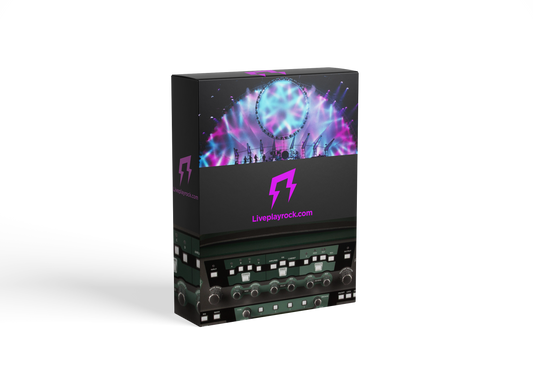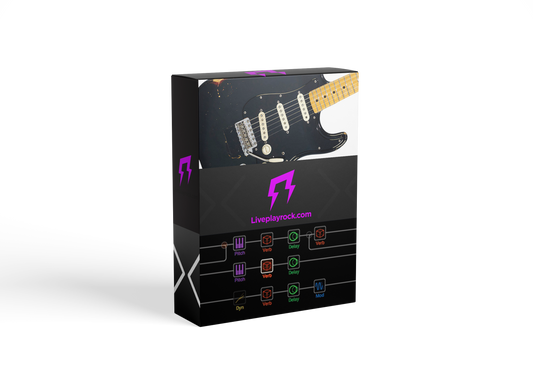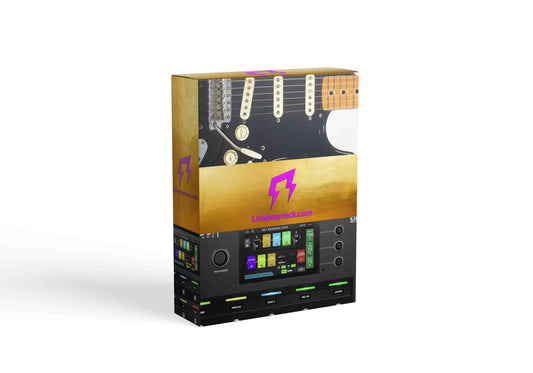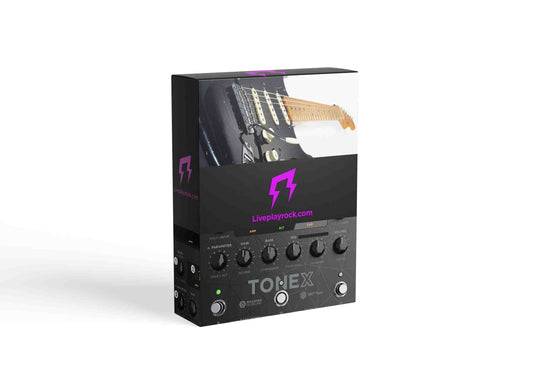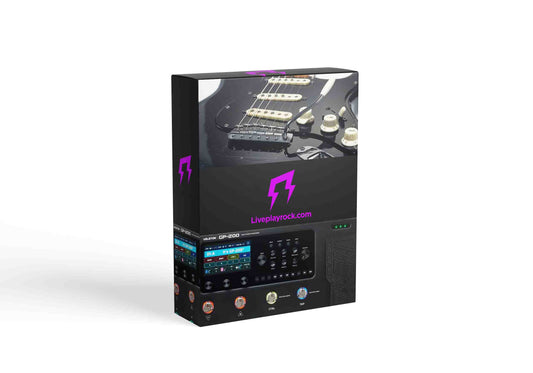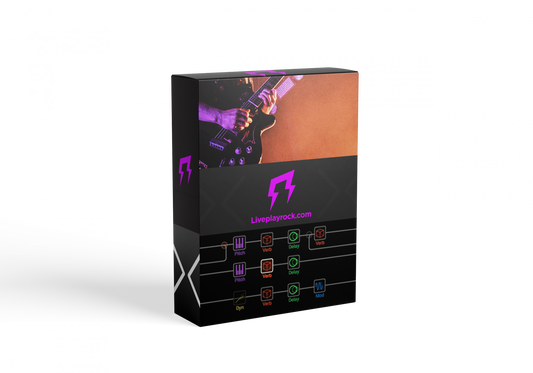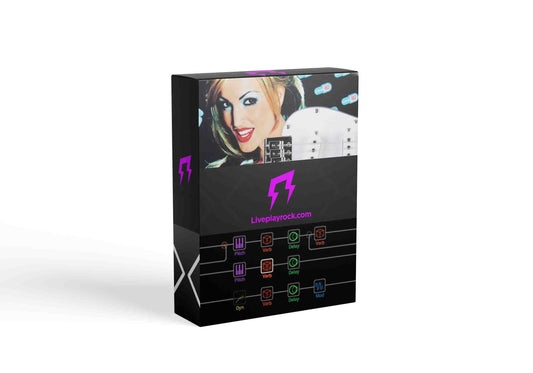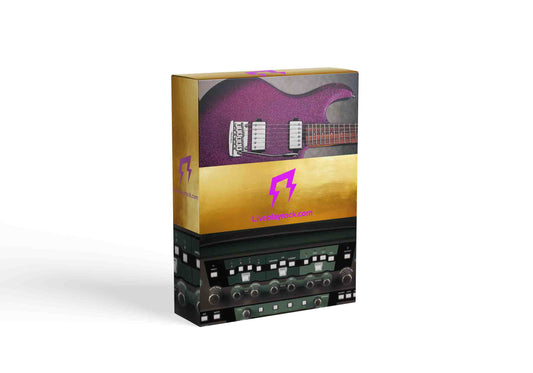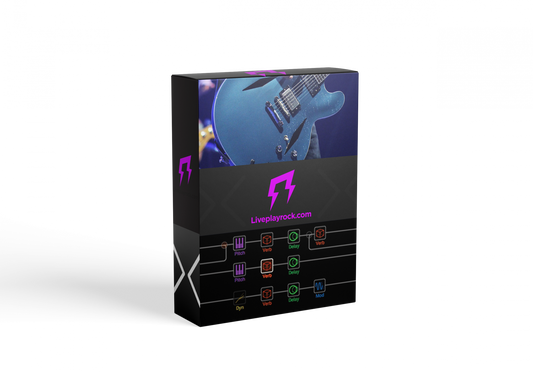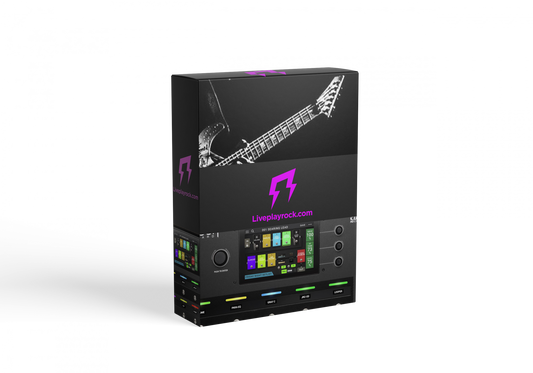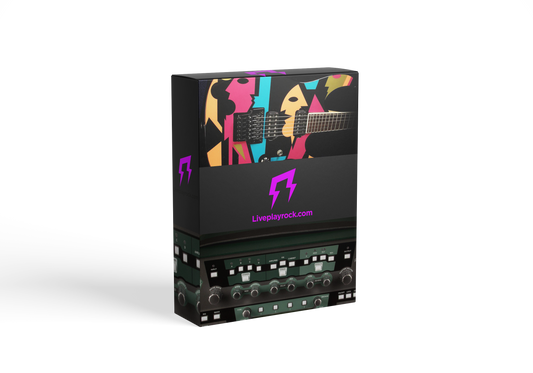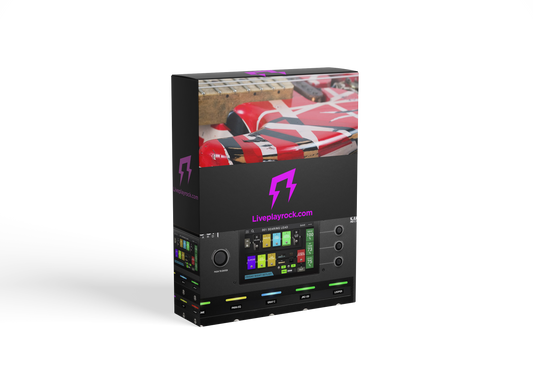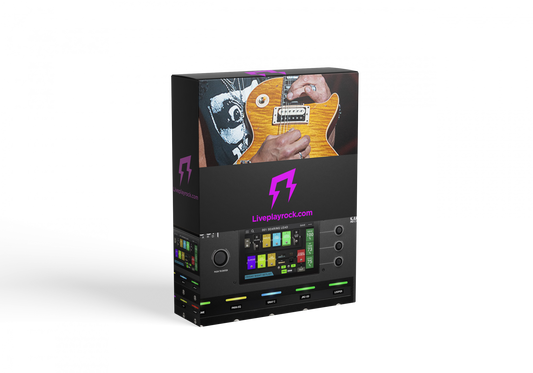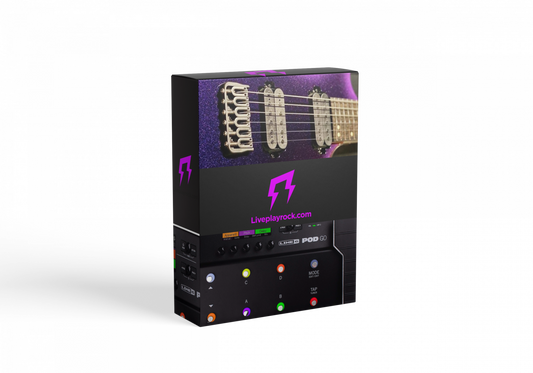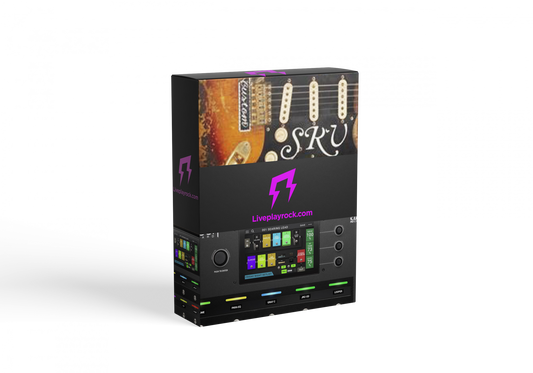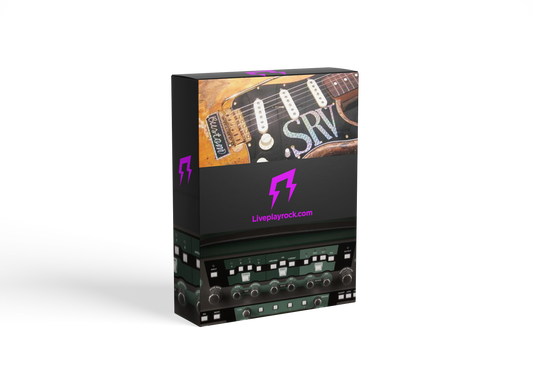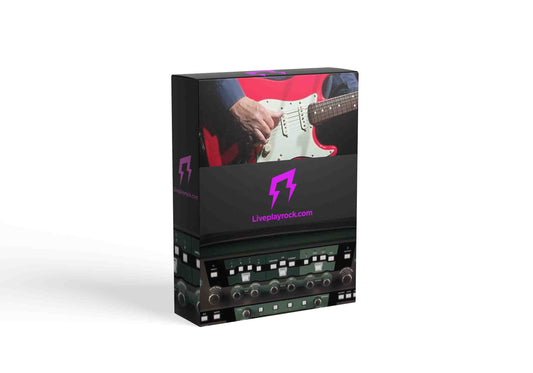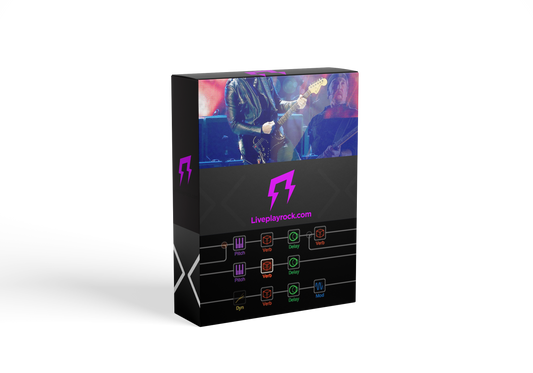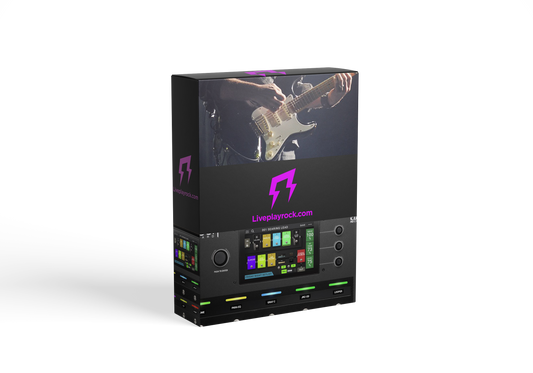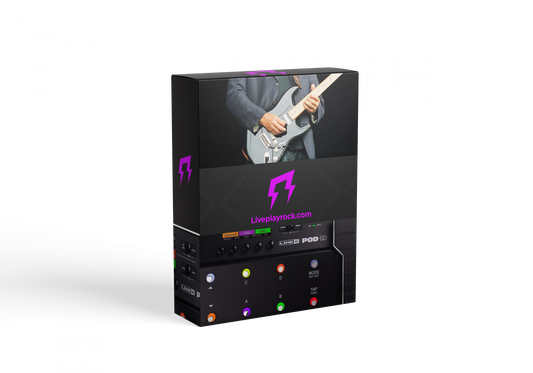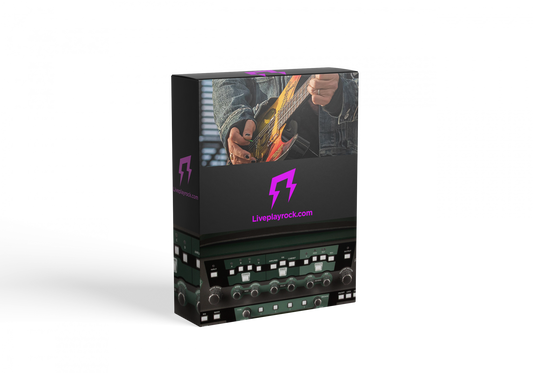Modeler vs Profiler vs Neural AI Capture - The Ultimate Guide for Guitarists
Share
Is your tube amp too bulky for your studio apartment? Does digital sound too cold for your demanding ears? In 2025, the real battle is no longer between analog and digital, but between three technological philosophies that are redefining how to play electric guitar: Modeler, Profiler, or Neural AI Capture.
If you've ever felt lost among these technical terms while searching for your ideal setup, you're in the right place. Let's discover together what real differences lie behind these technologies and, most importantly, which solution best fits your playing style.
What is a Modeler (and why gear nerds love it)
The Modeler is the perfectionist of the digital world. Devices like Line 6 Helix, Fractal Audio Axe-Fx, Hotone Ampero, or Boss GT-1000 (to name a few) use a virtual simulation approach based on mathematical models.
How the magic works
Imagine taking apart a classic tube amplifier piece by piece: tubes, resistors, capacitors, transformers. Modeler manufacturers do exactly this, analyzing every single physical component of the amplifier.
Then they create a complex mathematical algorithm that simulates the exact behavior of that circuit when your guitar signal passes through it. The result? A virtual amplifier that responds to Gain, Bass, Mid, and Treble knobs just like its physical counterpart would.
Modeler advantages
Flexibility is its main strength: you can completely modify the sound in real time, experiment with hundreds of different amplifiers and pedals, all contained in a single device. Perfect for those who love to "tinker" and understand how different components interact with each other.
Ideal for both home recording and live performance, it offers a vast sound library without needing to haul around a van full of equipment. The downside? The learning curve can be steep and it takes time to find "your sound" among thousands of options.
The Profiler: the perfect snapshot of your amp
The Profiler (whose undisputed king has been the Kemper Profiler) takes a completely different path: instead of mathematically reconstructing an amplifier, it "photographs" it.
Snapshot sound technology
The profiler performs an advanced process called profiling (or "tone capture"): it records the exact sound and dynamics of a real amplifier, miked and set at a precise moment.
It's like taking an instant photo: you capture the amplifier with Gain at 7 and Treble at 5, and you get a digital profile of that specific sound. The fundamental difference? It doesn't reconstruct the circuit mathematically; it creates a model of the final sound.
Classic Profiler advantages
Maximum fidelity to the captured sound is often considered indistinguishable from the original. Once created or downloaded, the file is ready to use: zero tweaking, zero time wasted.
The real plus? If you own a vintage or modified amplifier that you absolutely love, you can "capture its soul" and take it anywhere without ever worrying about moving 30 kg of tubes again.
The traditional limitation of profilers? Subsequent modifications (like adjusting EQ or Gain) are "post-profile" adjustments that might not respond exactly as the real amplifier would, because the system doesn't know the internal circuitry.
Watch our comparison videos:
Neural AI Captures: artificial intelligence enters the game
Let's now talk about the most recent and debated technology: Captures based on neural networks and artificial intelligence. Neural Amp Modeler (NAM), IK Multimedia ToneX, and Neural DSP Quad Cortex are redefining the very concept of "capture."
What changes compared to traditional profilers
While classic profilers create a static "snapshot," modern capture systems use neural networks to analyze and reproduce the dynamic behavior of the amplifier. Neural Amp Modeler (NAM), born as an open-source project, has demonstrated impressive capture quality, often comparable or superior to some commercial solutions.
Capture times vary: Quad Cortex takes about 4-5 minutes, while ToneX can require from 10-15 minutes to 1+ hours depending on the desired precision. NAM, being free plugin software, offers surprising results without dedicated hardware costs.
The community debate
In forums and on YouTube, there's heated discussion: ToneX vs NAM, which offers the best quality? The answer isn't unanimous. NAM is appreciated for its transparency and fidelity, as well as being completely free. ToneX boasts a more user-friendly interface and a wider preset ecosystem.
Watch our comparison:
Quad Cortex, on the other hand, combines both philosophies: it works both as a modeler and as a capture system, offering maximum versatility (at a premium price).
The evolution: Liquid Profiling and blurring boundaries
Here's where the story gets really interesting: the boundary line between modeler and profiler is blurring.
Kemper Liquid Profiling: the best of both worlds?
In 2023, Kemper launched Liquid Profiling, a technology that tries to make profiles "modelable" like modelers. Instead of having "passive" tone controls that act post-profile, Liquid Profiling digitally models the tonal stack (the EQ) of the original amplifier.
In practice, when you turn the Treble knob on a Liquid Profile, the system knows how that specific control would behave on the real amplifier. It's an ambitious attempt to unite capture fidelity with modeling flexibility.
Does it really work?
The community is divided. Some users claim that Liquid Profiling effectively offers a more natural response to controls, others believe the difference is subtle and that the distinction between profiler and modeler remains sharp.
One thing is certain: even with Liquid Profiling, you're not manipulating the entire circuit as you would with a true modeler, but only specific components like the tonal stack. The feeling from the outside, as the community notes, is that the technical distinction is still evident.
2025 hybrids
Neural DSP Quad Cortex and IK Multimedia ToneX represent a different approach: they use artificial intelligence and neural networks to create captures that offer control responsiveness much closer to that of modelers. NAM follows the same philosophy, but in open-source version.
These systems are effectively closing the gap, but the technology is still evolving and the debate over which is "better" continues to animate forums.
Practical comparison: which one to choose for your style?
Now the million-dollar question: which technology is right for you?
Are you a born sound designer?
If you love experimenting, spending hours tweaking parameters and understanding what each single knob does, the Modeler is your natural destination. It offers maximum flexibility and total control over sound, perfect for those who are never satisfied and want to explore every sonic possibility.
Looking for the perfect sound... right now?
If you want immediate access to faithful replicas of legendary amplifiers without wasting time on endless adjustments, a classic Profiler like Kemper is unbeatable. Load a profile, play, done.
Want to "steal" your favorite amp's sound?
If you own (or have access to) an amplifier you absolutely love and want to take it with you everywhere in digital format, modern Capture systems (Kemper, ToneX, NAM, Quad Cortex, etc.) are the most sensible choice. You can capture your exact rig and replicate it anywhere.
Budget and ease of use
NAM is free (you only need a computer and an audio interface), while ToneX starts at around €99 for the software version. Kemper Amps and Quad Cortex are significant investments (€1,500-2,000), but offer dedicated hardware and premium build quality. Modelers vary enormously: from €300 for a Hotone Ampero to €3,000+ for a Fractal Axe-Fx III.
The learning curve? Modeler = steep, Profiler = medium, Modern capture = variable but generally user-friendly.
What real users say
We've scoured Italian forums, Reddit, and international communities to understand users' real experiences.
On Reddit, many guitarists emphasize that the difference in a mix is often imperceptible between well-made modelers, profilers, and captures. In a blind test, distinguishing a Kemper profile from a Helix model or a NAM capture is nearly impossible for the average listener.
In forums, an interesting pattern emerges: those coming from the analog world appreciate profilers more for their "immediacy," while younger or more tech-savvy guitarists tend toward modelers and captures for flexibility.
Reviews on Thomann confirm a trend: the decisive factor isn't so much "which sounds better," but "which fits your workflow better." A modeler is fantastic if you have time to program it, frustrating if you need a sound in 5 minutes before soundcheck.
The future is already here (but it's still in beta)
Where are we heading? Artificial intelligence and machine learning are making the distinction between these technologies increasingly blurred.
AI-based capture systems like NAM are demonstrating that it's possible to achieve profiler fidelity with modeler flexibility, all at (almost) zero cost. Companies like Neural DSP are integrating both philosophies into a single hardware unit.
Kemper is evolving its profiles toward Liquid to compete with traditional modelers. Fractal and Line 6 are constantly improving their modeling algorithms to get closer and closer to "real" sound.
The truth? There's no longer a "wrong" choice. All three technologies have reached such a high quality level that the difference is made by the musician, not the instrument.
Quick summary: 3 technologies, 3 philosophies
- Modeler: mathematically reconstructs the amplifier component by component. Maximum flexibility, total control, but requires time to find your sound.
- Profiler: photographs the amplifier at a specific moment. Maximum fidelity to the captured snapshot, ready-to-use sound, but less flexible in traditional controls.
- Capture (AI/Neural): uses neural networks to capture the amplifier's dynamic behavior. Combines fidelity and flexibility, rapidly evolving technology.
Final advice? Try before you buy. Many stores allow you to test these devices, and the difference between "good on paper" and "right for you" can be huge.
Happy tone hunting! 🎸

